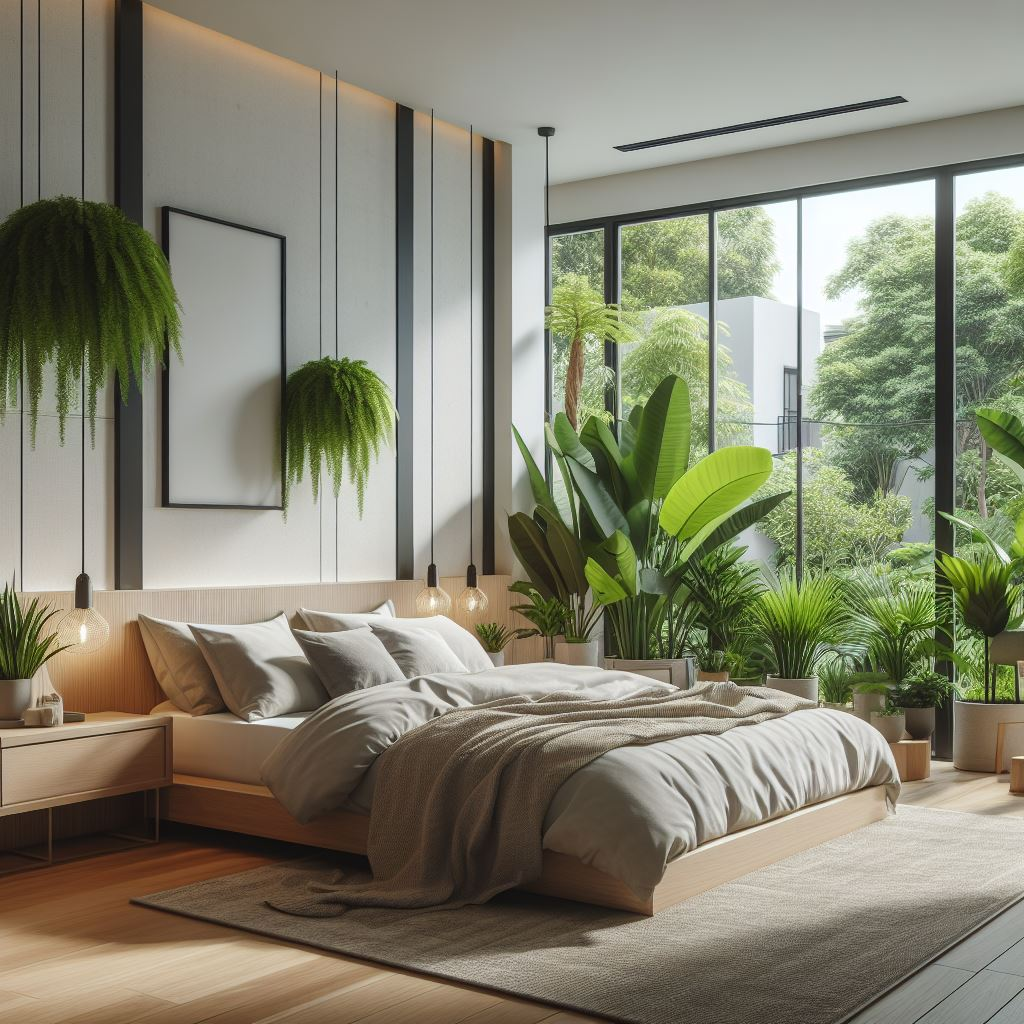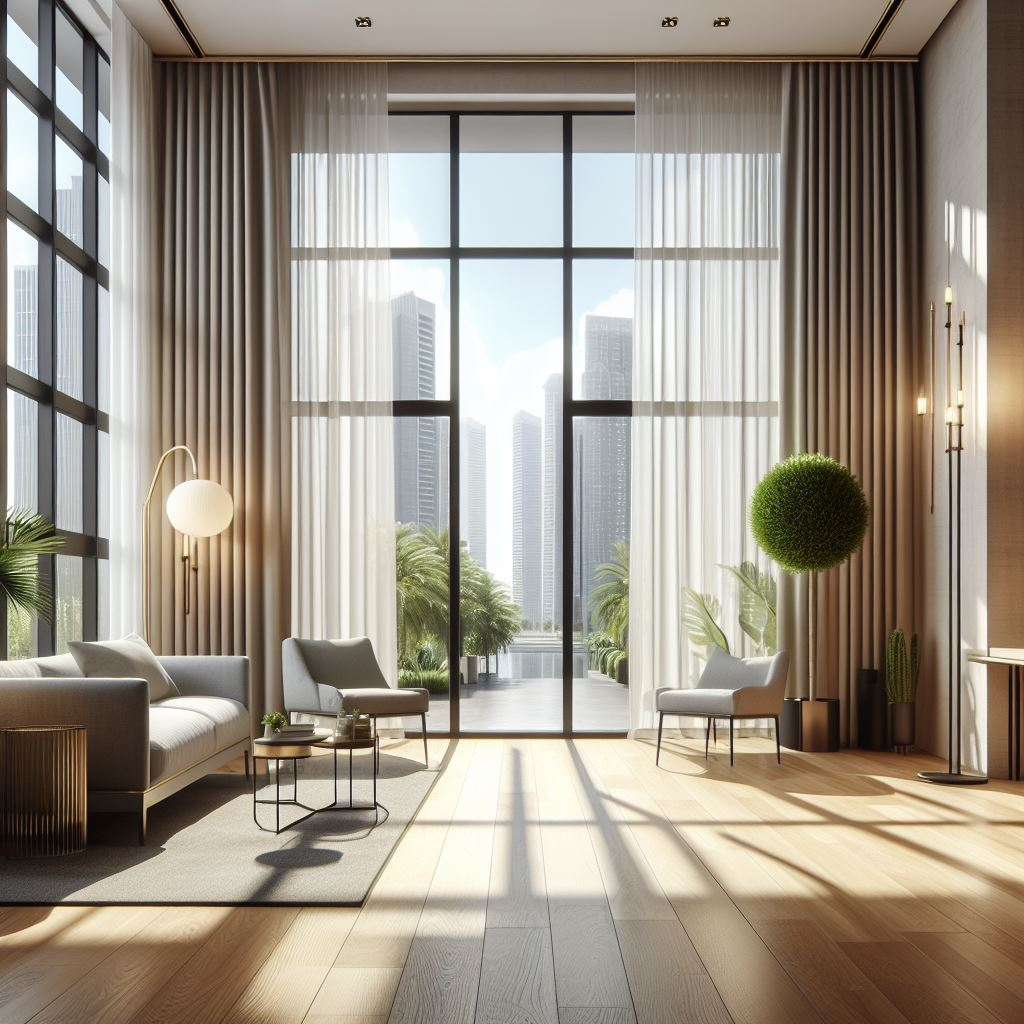The Green Oasis: How Indoor Plants Enhance Comfort, Health, and Aesthetics
In the hustle and bustle of modern life, we often find solace in nature. But what if we could bring a slice of that natural beauty right into our homes? Enter indoor plants, the unsung heroes of interior design. These leafy companions not only add a touch of elegance but also offer a plethora of benefits for our well-being. Let’s explore why every home deserves a green touch.
1. The Science-Backed Benefits of Indoor Plants
Reducing Stress Levels
Research published in the Journal of Physiological Anthropology reveals that having plants in your home or office can significantly reduce stress. Participants who engaged in indoor gardening tasks experienced a soothing effect, lowering both physiological and psychological stress responses. So, next time you’re feeling overwhelmed, consider tending to your potted green friends.
Sharper Attention and Concentration
Plastic plants won’t cut it! In a study involving students, brain scans showed that those who studied in a classroom with real, live plants were more attentive and better able to concentrate. So, when you’re hitting the books or working from home, surround yourself with living foliage for that mental boost.
Therapeutic Effects
For individuals dealing with mental health symptoms, indoor gardening can be therapeutic. Horticultural therapy has been used for centuries to enhance well-being among people with depression, anxiety, and dementia. In Manchester, England, medical clinics now “prescribe” potted plants to patients with anxiety or depression symptoms, recognizing the healing power of nature.
Faster Recovery from Illness
Gazing at plants and flowers isn’t just pleasant; it can speed up your recovery. A review of research found that patients recuperating from various surgeries needed less pain medication and had shorter hospital stays when surrounded by greenery. So, whether you’re healing from an illness, injury, or surgery, let nature be your companion.
2. Aesthetic and Emotional Value
Air Quality and Beauty
Indoor plants do more than just look pretty. They improve air quality by filtering out harmful toxins, allowing you to breathe more easily. Their presence adds a touch of natural beauty to any room, creating a serene and inviting atmosphere.
Energy and Spiritual Well-Being
Caring for plants gives us a sense of purpose. Whether it’s watering, pruning, or simply admiring their growth, tending to indoor greenery boosts our emotional and spiritual well-being. Plus, the oxygen they produce energizes us throughout the day.
3. Choosing the Right Plants
Bedroom Bliss
Place plants in your bedroom for improved sleep quality. Certain varieties, like lavender or snake plants, release calming scents and purify the air, creating a tranquil sleep haven.
Kitchen Greenery
Brighten up your kitchen with plants, especially if there’s no window. Herbs like basil, mint, or rosemary thrive indoors and add a fresh touch to your culinary space.
Living Room Elegance
Large, leafy plants like the fiddle-leaf fig or monstera make a statement in your living room. Their lush foliage brings life to any corner.
Conclusion
Indoor plants aren’t just decorations; they’re companions that enhance our lives. So, go ahead—embrace the green revolution and transform your home into a cozy, healthful haven. Your well-being and aesthetics will thank you! 🌿🏡

